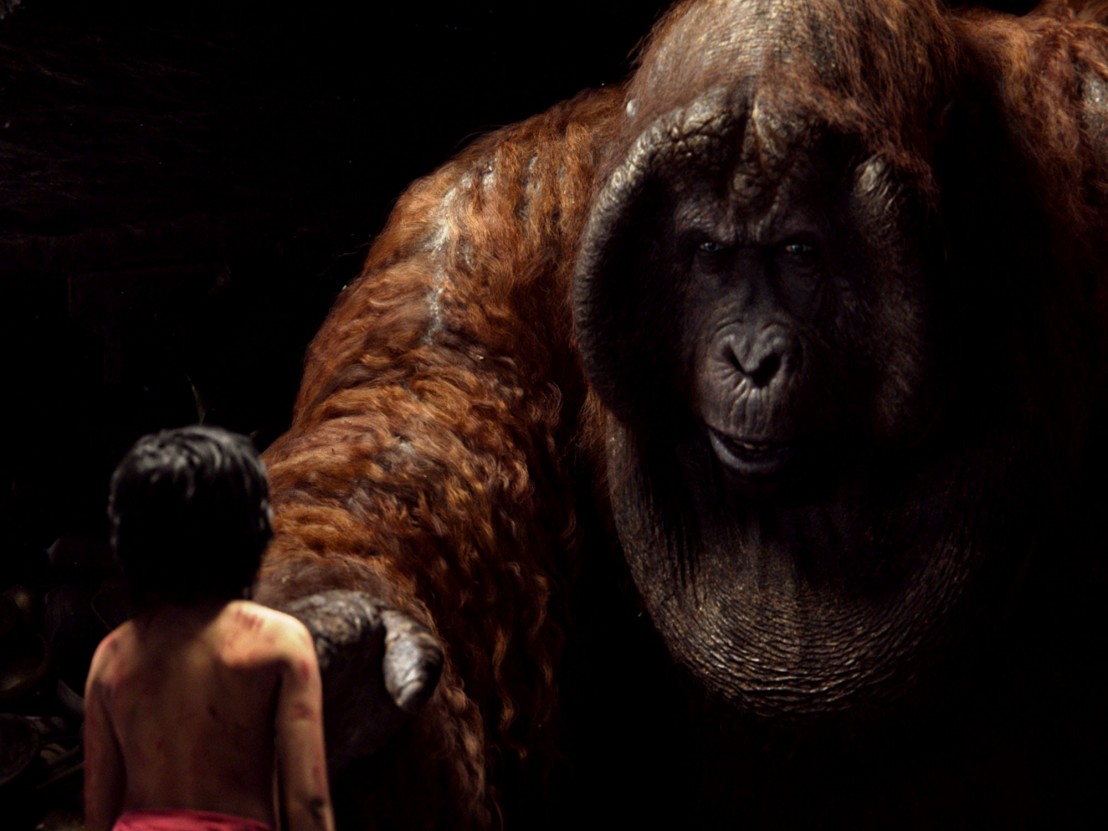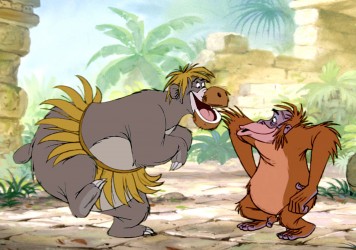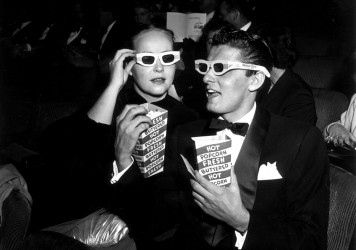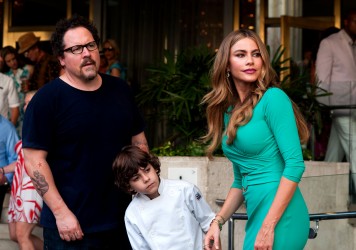
Unless you’ve worked at the very top end of the scale, the nuts and bolts of putting together a $175m movie will probably seem like an alien concept. So how do you tell a story that fuses live action elements with motion capture technology and cutting-edge visual effects while managing a team of 2000 artists and technicians? To find out, we asked director Jon Favreau to break down the three-year production of The Jungle Book. Here is his fascinating first-hand insight into how the process works.
“I’m one small cog in a big machine. Directing a movie like The Jungle Book is really more like being a coach, or a general trying to organise a military operation. But in the beginning it’s just me with a bunch of storyboard artists and a team of writers. The storyboard artists pitch gags, brainstorm ideas, and take script pages and convert them into frames. Then you start to put it together in animatics until you have a pencil version of the whole movie.
“At that point you switch over from animation to a motion capture model. You put on a virtual reality HMD headset like the Oculus, or you’re there with an Xbox controller looking at everything on a screen. A lot of that was using a game engine, so really it looked like we were designing a video game at that point. We built portions of the set to match the motion capture stuff we were filming with virtual cameras. At the same time we go and record with the voice actors and gather data and video references of their faces while they’re performing. I would bring Neel (Sethi) in to perform with them, and the editors would cut that together like a radio play.
“All of that goes into the computer so now you’re watching back a full video game version of the movie. So you have the backgrounds, you have the kid, you have the animals – now you set cameras up and pick each angle. That was a lot like how they filmed Avatar. It feels very organic, a lot like a practical shoot because essentially you’re using all the same personnel that you would on a live action movie – assistant directors, cinematographers, cameramen.
“The next step is figuring out how much set we have to build, where the camera goes, where the lights go. We made a big checklist and proceeded to build little cookie cutter sets for where we needed Mowgli to walk around. We had Neel interacting with puppets and other actors, and as soon as we got the shot we would immediately cut it in – because it’s all digital – so little by little the live action elements start to come together. Once we had a cut of the film with Neel in we started showing it to the studio. We actually screened it to a few audiences as well which was very scary – you basically have to say to them, ‘Pretend this looks real.’ It was asking a lot and I don’t really know how useful that part of the process was. It was quite nerve-wracking to be honest with you, but it’s something that Disney do on all their animated films.
“Then finally it goes to MPC or Weta and that’s where the magic really begins because they start animating the performances of all the animals. I would meet with them and give notes to the animators, and sometimes I would do some motion capture stuff, say if I wanted to show how Baloo should move in a particular scene. For King Louie I actually put the motion capture suit on and acted everything out. The face is all Chris Walken, but the body movements are mostly me. It’s really a lot of fun.”
Published 15 Apr 2016

By Matt Packer
Legendary animator Floyd Norman tells the inside story of how a Disney classic was made.

Audiences have started losing interest, but the technology still has the potential to reshape the artform as we know it.

The director’s recent collaboration with Disney provides a bittersweet tang to his story of a talented cook.